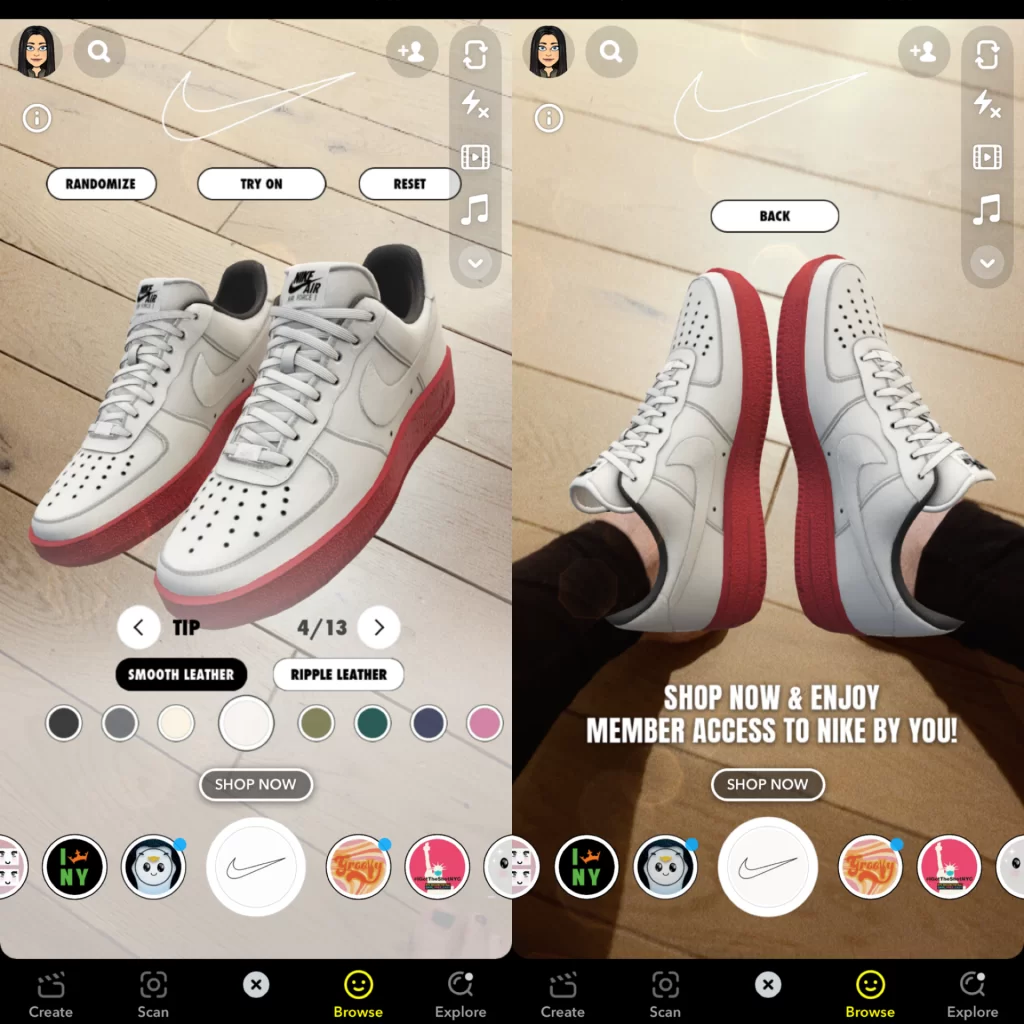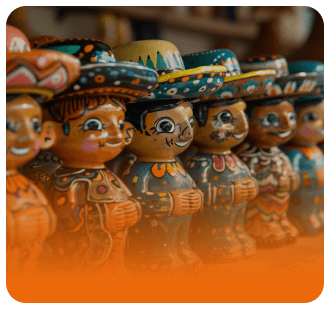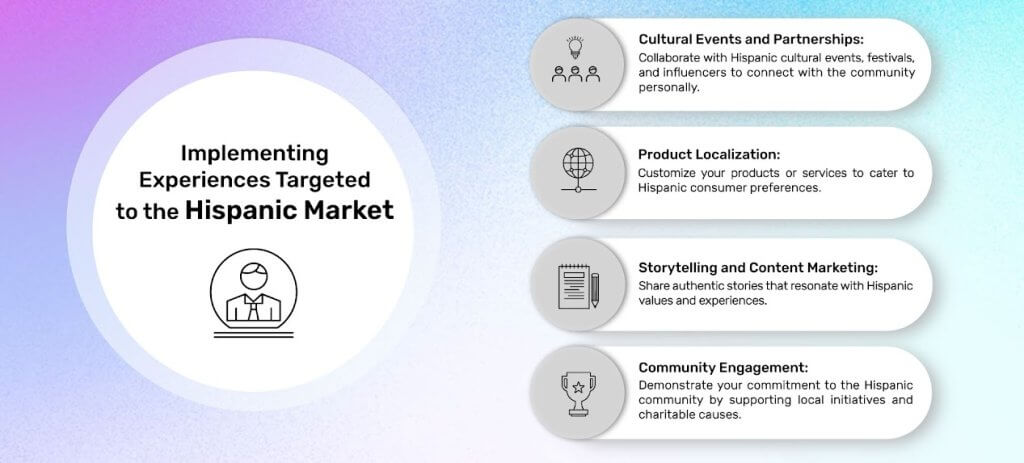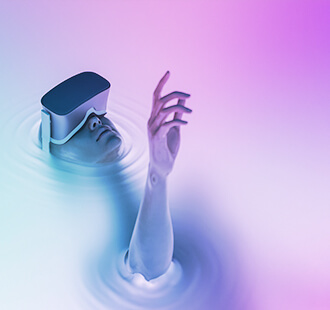
In today’s competitive market, a brand’s strength can be a critical differentiator that drives customer loyalty and business growth. But what does it take to construct a robust, enduring brand? In this blog, we delve into insights and strategies from some of the top marketing executives who have mastered the art of branding. Through their experiences, you’ll uncover the core principles and innovative techniques to transform your brand into a formidable market presence.
The Importance of a Strong Brand
Brand strength is the culmination of a brand’s core values, trustworthiness, and emotional connection with its audience. It’s not just about visual elements like logos or color schemes but also the intangible aspects such as mission and values. This strength stems from a coherent identity that resonates with the target market, creating a bond difficult for competitors to break. A strong brand consistently delivers on promises, fostering trust and loyalty and building a lasting and positive consumer perception.
Strong brands excel in competitive markets due to their robust emotional connections with consumers and established trust and credibility. Brands like Apple and Nike go beyond transactions, representing innovation and aspiration, making consumers more likely to choose them repeatedly. This loyalty, combined with positive word-of-mouth marketing, enhances their market position. Furthermore, strong brands can command premium pricing, allowing them to invest in quality and innovation, ensuring they remain resilient and relevant amidst market fluctuations.
Core Principles of Brand Building
- Establishing a brand identity is critical to standing out. It involves defining the brand’s unique characteristics, including its name, logo, mission, and values. Understanding the target audience ensures the brand resonates deeply, fostering loyalty and advocacy.
- A unique value proposition (UVP) explains why a brand’s product or service is superior to competitors. It highlights specific benefits that meet the target audience’s needs. The UVP should be concise and compelling, making it memorable and impactful.
- Consistency in brand messaging builds trust and recognition. A unified brand voice and visual elements ensure all communications reflect core values. Regularly updated brand guidelines maintain this consistency, strengthening brand identity and fostering loyalty.
Brand Strategy Development
Market research is crucial for developing a successful branding strategy. By collecting and analyzing data on the target audience, competitors, and industry trends, brands gain insights that guide decision-making. It can be primary (direct data collection) or secondary (using existing data) and helps understand consumer behaviors, preferences, and market gaps.
Identifying target audiences is vital for effective marketing. It involves analyzing demographics and psychographics to grasp consumer lifestyles, values, and behaviors. Creating detailed buyer personas personalizes marketing and helps choose the right communication channels, ensuring brand messages resonate and drive engagement.
Clear brand goals that are aligned with the SMART criteria (specific, measurable, achievable, relevant, time-bound) guide strategy and measure success. They help increase brand awareness, improve customer loyalty, and expand market share, ensuring that every action contributes to long-term growth and success.
Building Brand Awareness
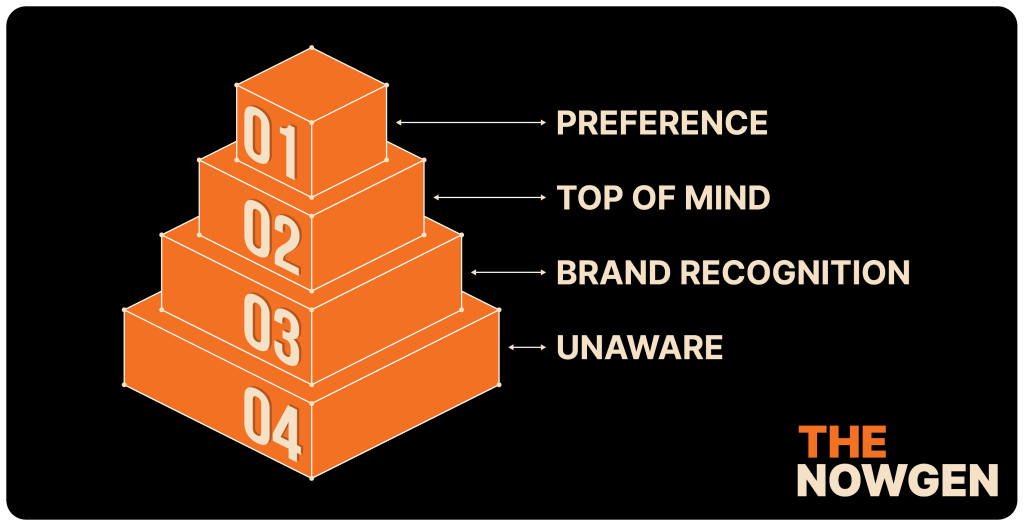
Customer Experience and Brand Loyalty
Enhancing customer touchpoints ensures a seamless brand experience by mapping interactions from website visits to support calls. A user-friendly website, active social media engagement, personalized communications, and well-trained staff delivering consistent, high-quality service are key to creating positive and memorable customer experiences.
Exceptional service means exceeding expectations by understanding customer needs with empathy and responding quickly and efficiently. Quality products and services build trust, and acting on feedback helps maintain high satisfaction levels.
Engage the community with updates and interactive content, encourage user-generated content, offer exclusive benefits, and maintain open communication to strengthen bonds and build loyalty.
Case Studies of Iconic Brands
- Apple: Innovation and Simplicity
Apple’s design philosophy is renowned for its sleek, user-friendly aesthetics. Known for setting industry standards, Apple seamlessly integrates form and function to enhance user experience. This dedication is clear in popular products like the iPhone and MacBook. As a result, Apple symbolizes sophistication, innovation, and cutting-edge technology.
- Nike: Just Do It – A Slogan that Resonates
Nike enhances its brand recognition through community engagement and initiatives like the Community Impact Fund and Active Schools program, promoting physical activity, inclusion, and equality. This commitment to social responsibility strengthens its connection with consumers. Nike’s brand transcends athletic wear, symbolizing innovation, excellence, and social responsibility, solidifying its position as an industry leader and global motivator.
In conclusion, building a strong brand involves enhancing customer touchpoints, delivering exceptional service, and fostering a community around the brand. Creating memorable experiences that drive long-term loyalty and advocacy is an ongoing process requiring a clear vision, strategic planning, and continuous refinement. Embracing market dynamics and consumer preferences with agility and resilience turns challenges into opportunities for innovation. A strong, resilient brand ultimately enjoys lasting customer loyalty, trust, and advocacy, driving business growth and creating a legacy that endures market fluctuations.

















